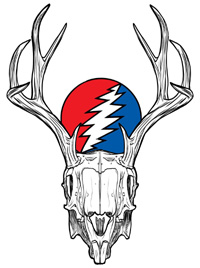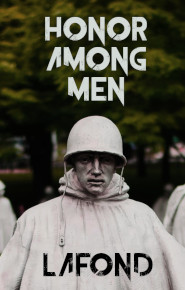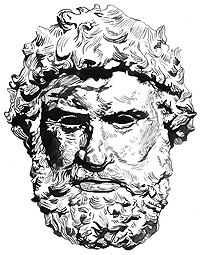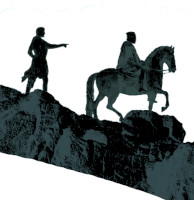This Counter Currents article is half essay, half reference work. Not only does Andrew Hamilton colorize many of the nuances in the life of liberal America’s most reviled filmmaker, he provides bibliographical information for some of the books that these early films were based upon.
When reading period literature, and particularly while researching old time boxing, it has been apparent to this reader that America of 100 years ago was a place of real diversity—as opposed to our current homogeneity masquerade—and that whites and blacks had more shared values than in my lifetime. Aside from Mister Hamilton’s opinions—which are not prominently in evidence—the bare facts presented in this article on film support what I found to be the case in *boxing; that in terms of race relations, cultural diversity, and shared universal values, America has devolved in more ways than it has evolved.
*Circa 1900-20, boxing was at the cutting edge of racial integration and enmity, with boxers forming their own mixed-race society even while the 'color line' was in force. Despite the terrible manner in which black boxers were treated by the government and athletic authorities, they generally aspired to European mores and values, and were more often than not men of integrity, as opposed to their most prominent modern counterpart, a petty criminal who values only money.
Boxing was the subject of the first motion picture, was the first sport to become racially integrated, and the first sport to be broadcast on TV.











